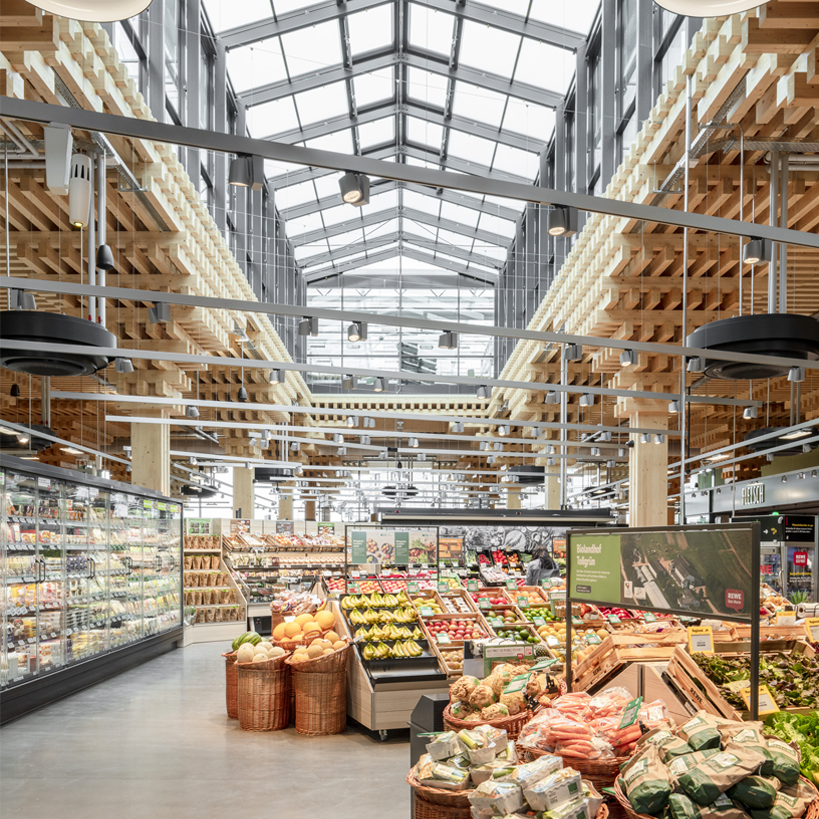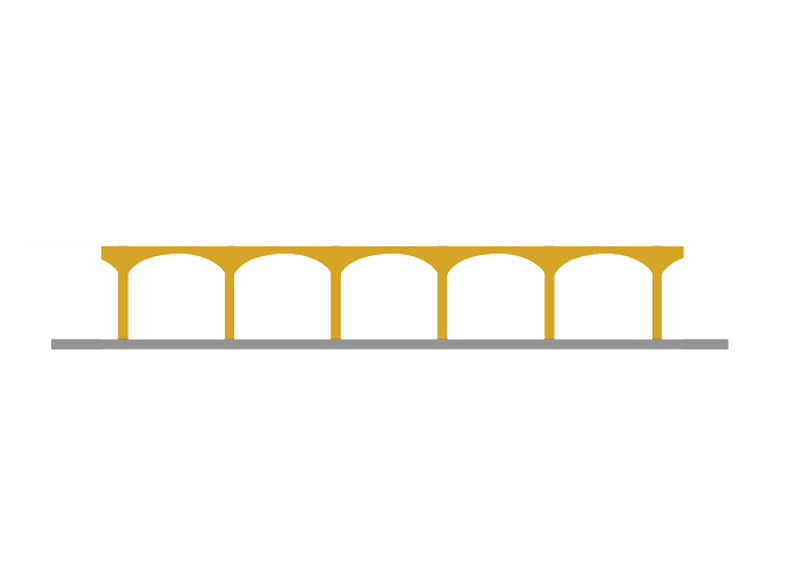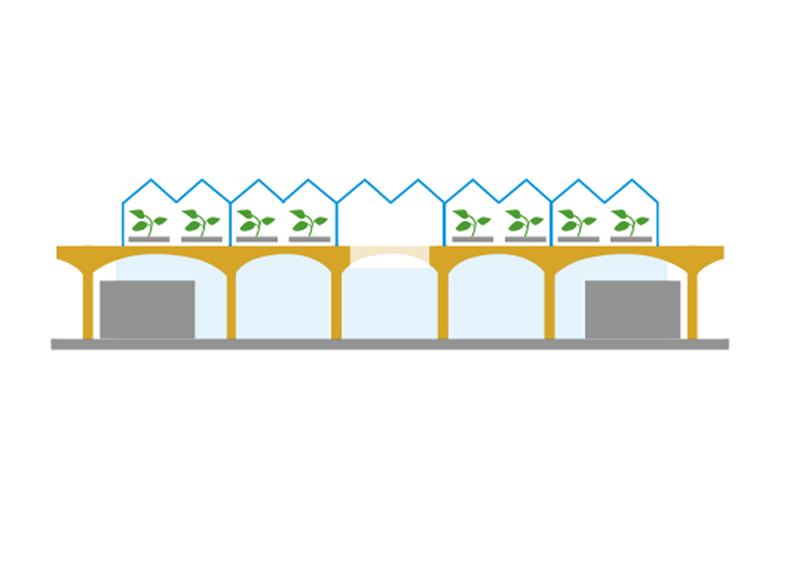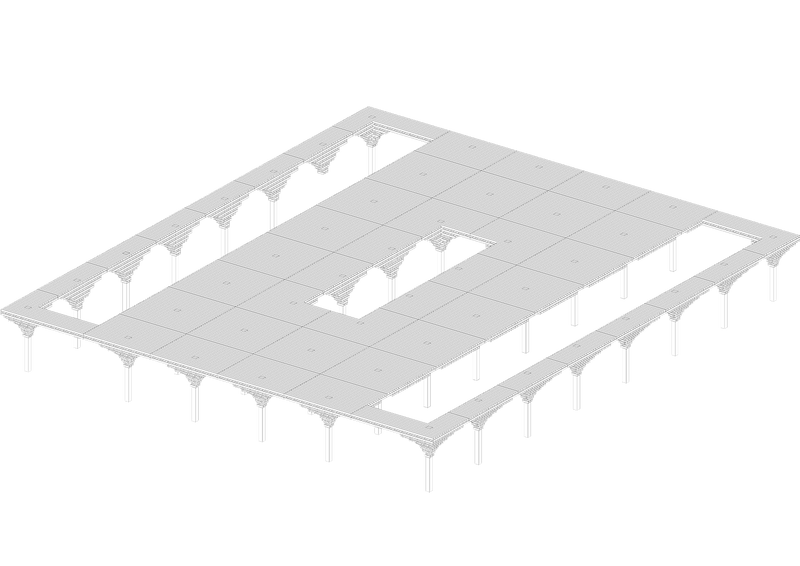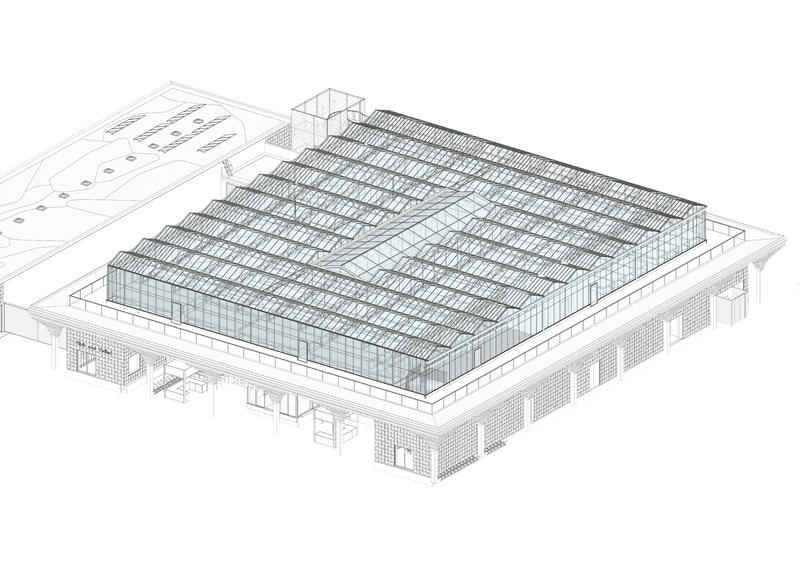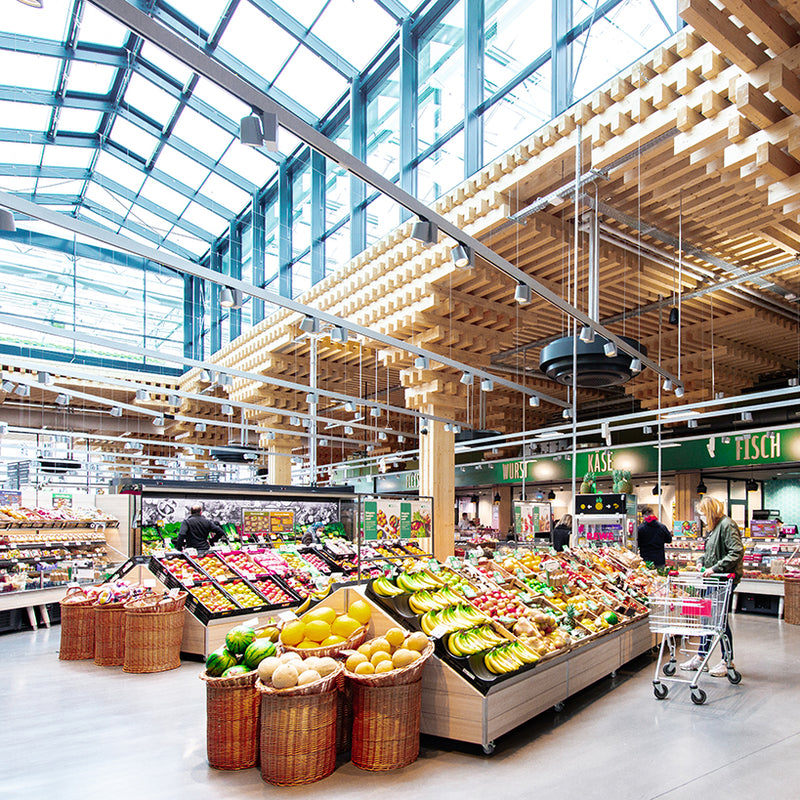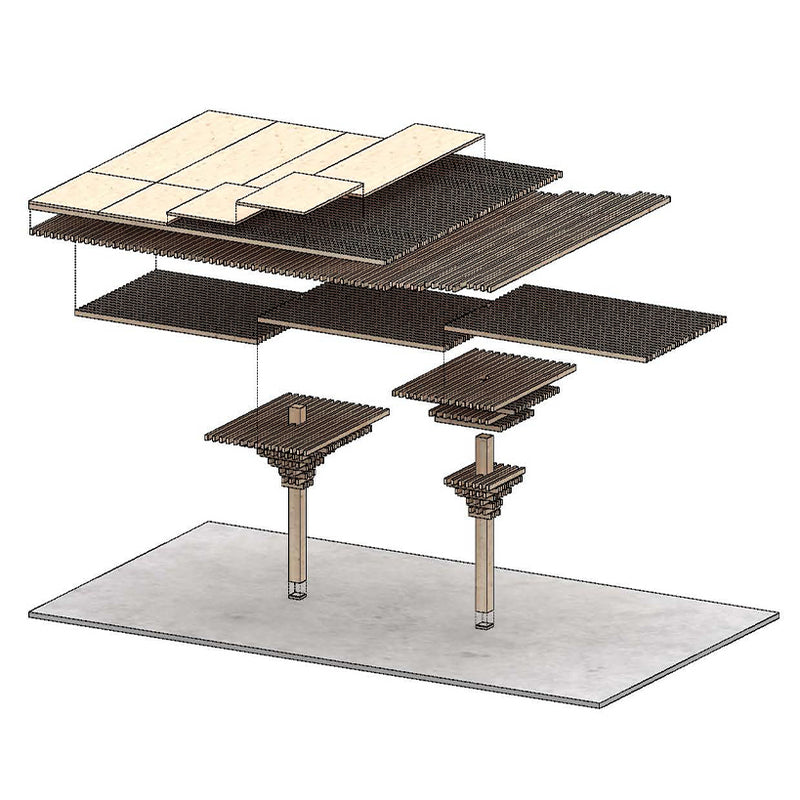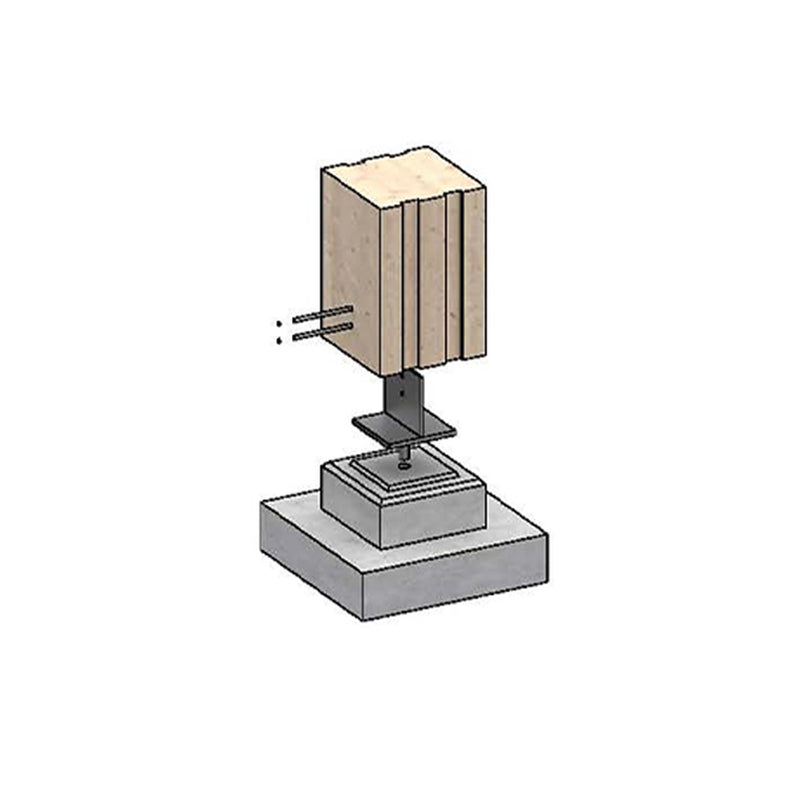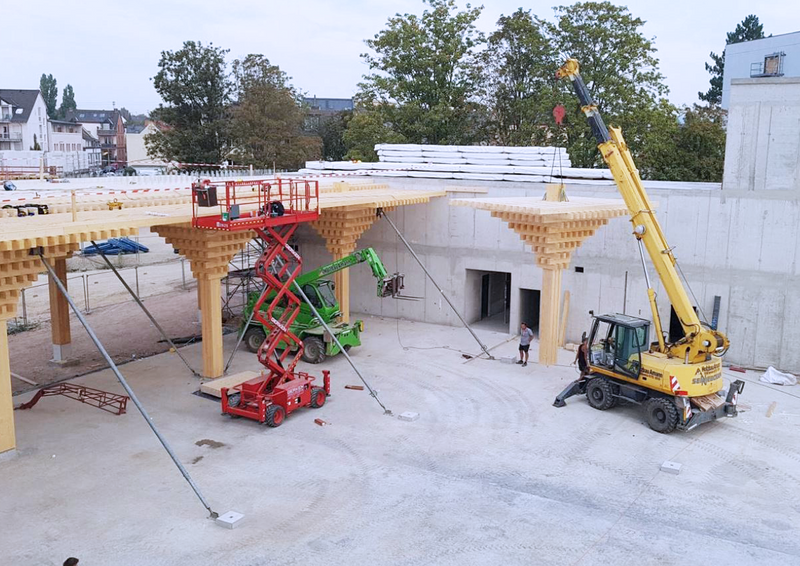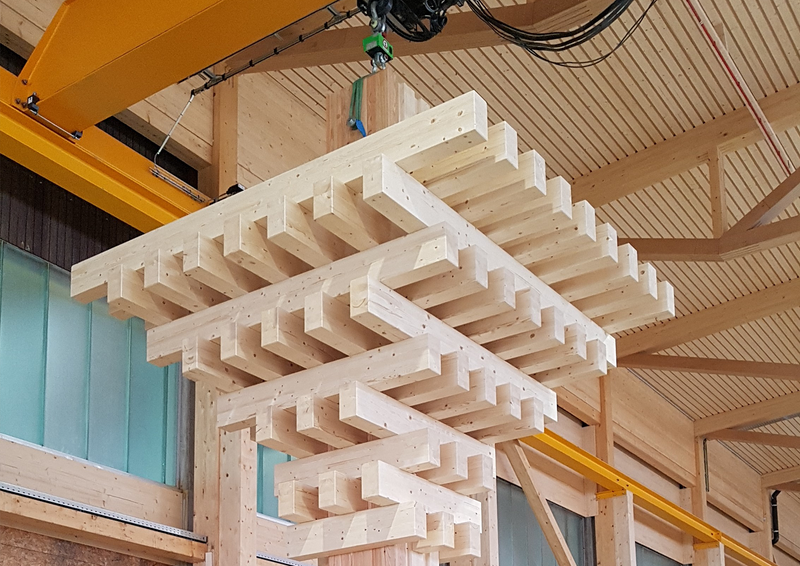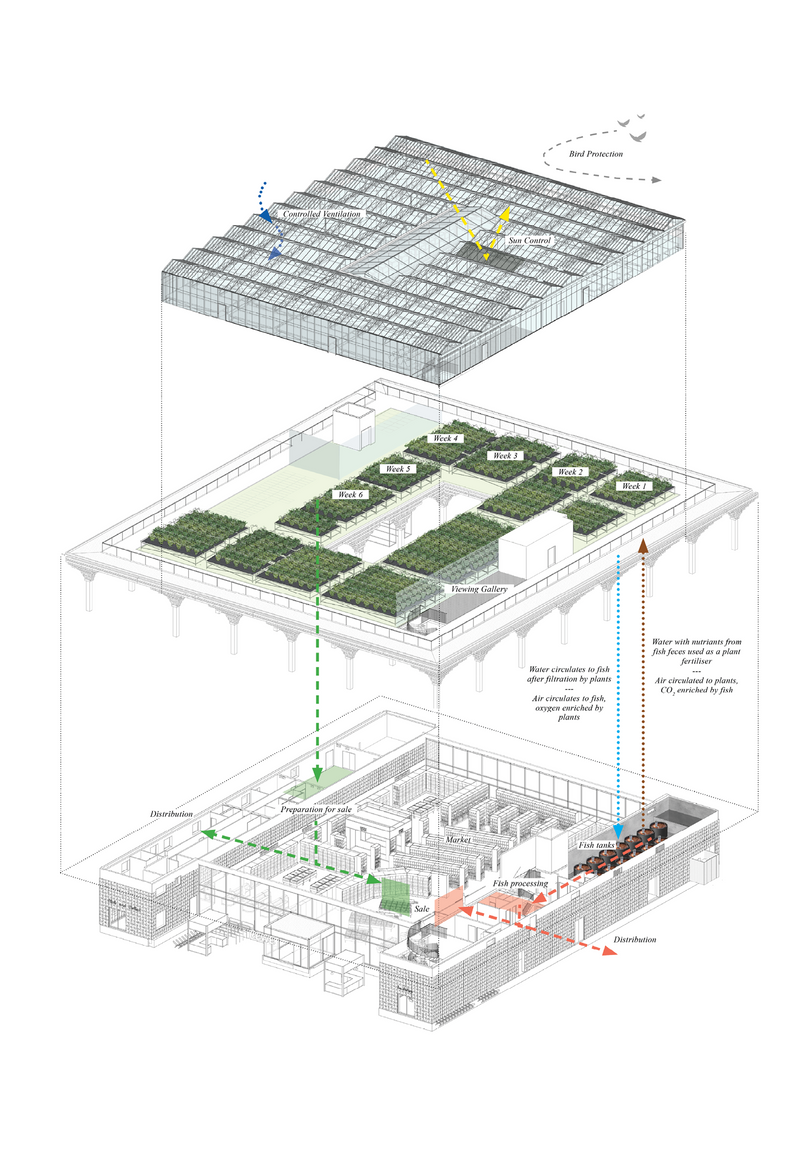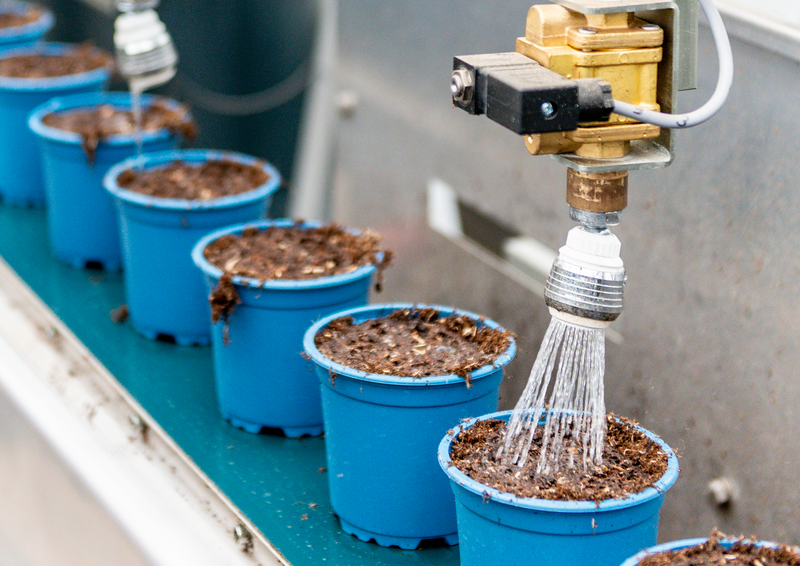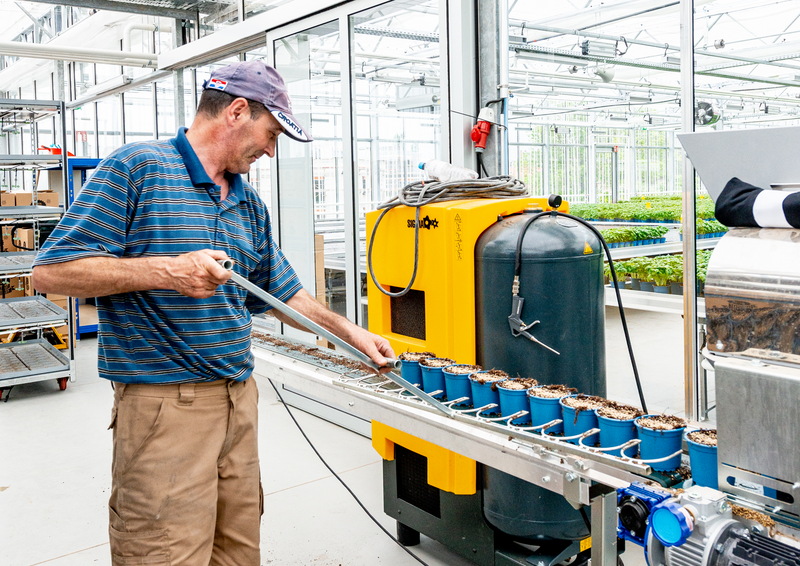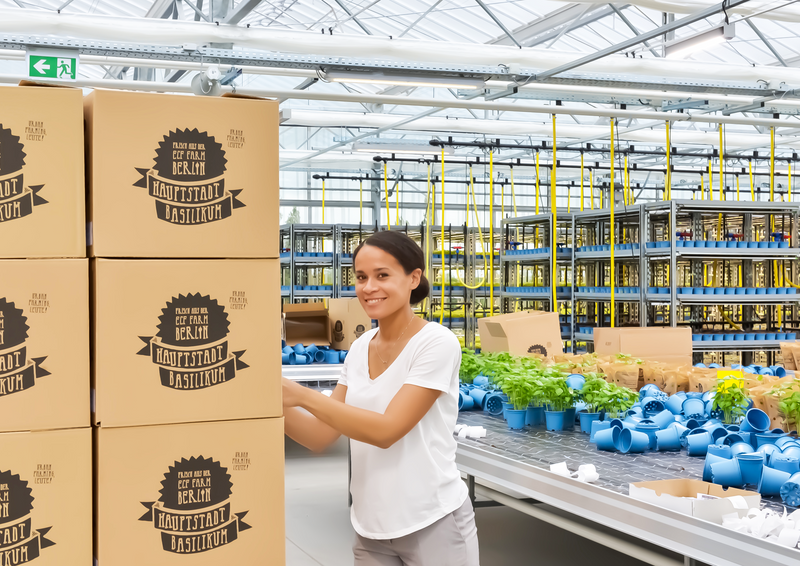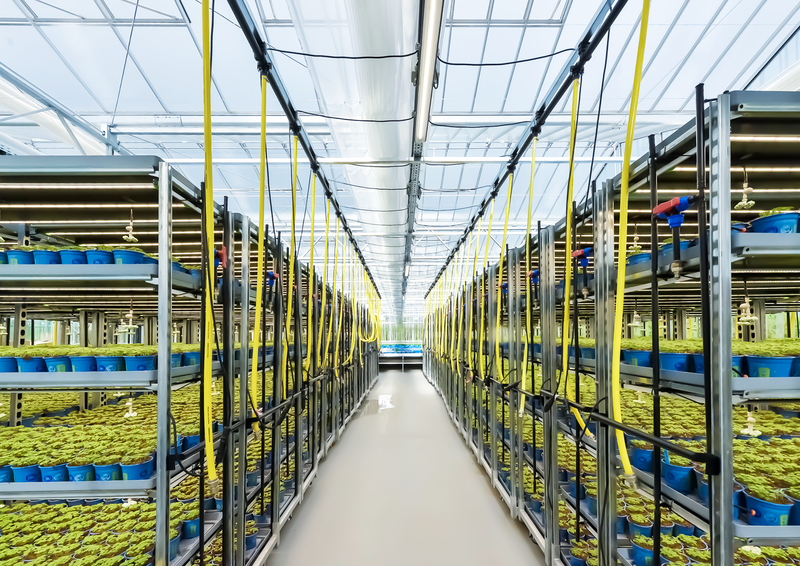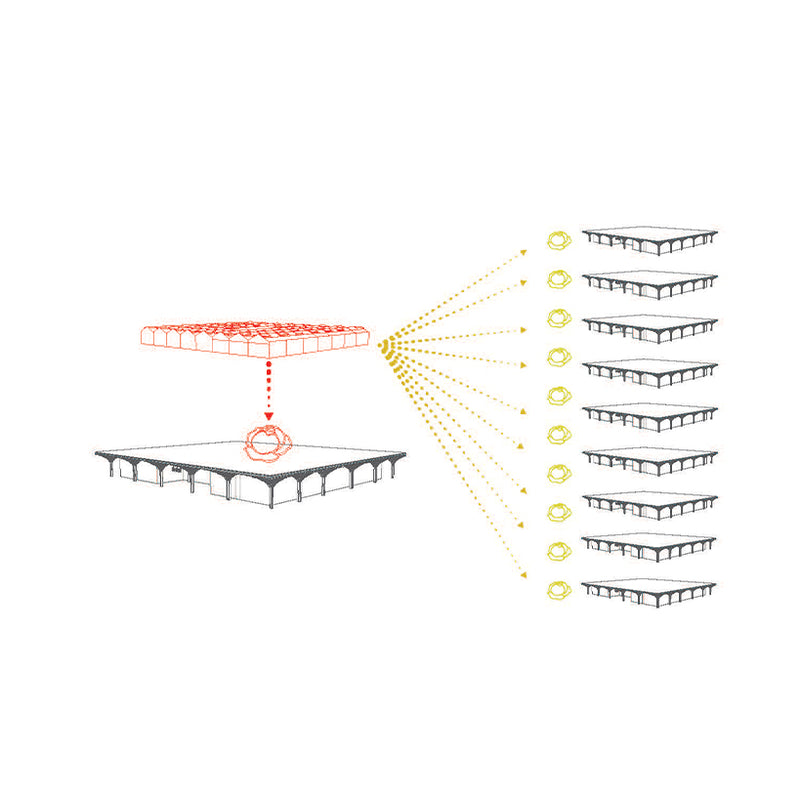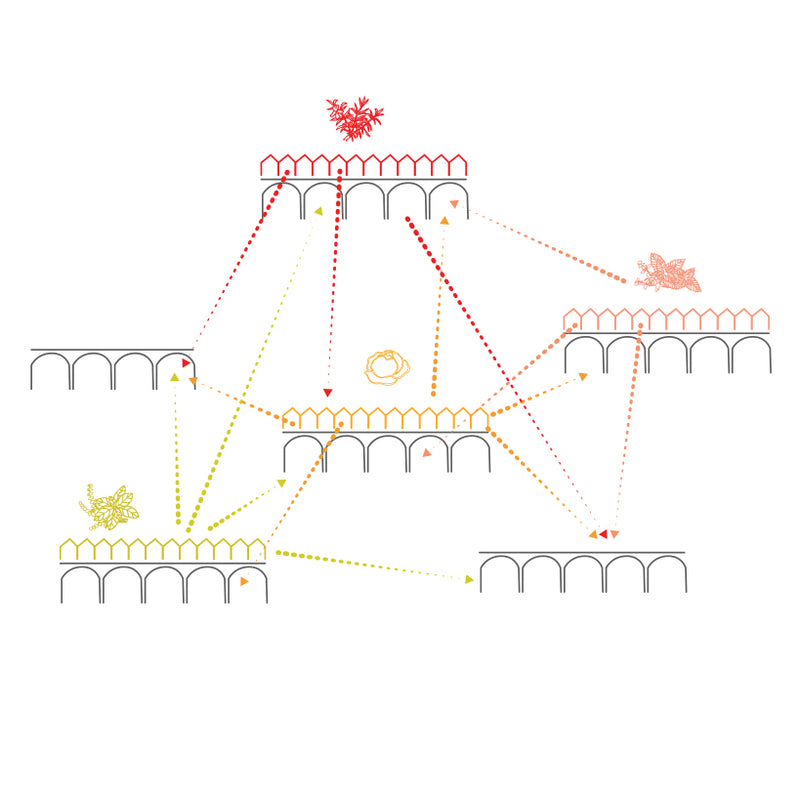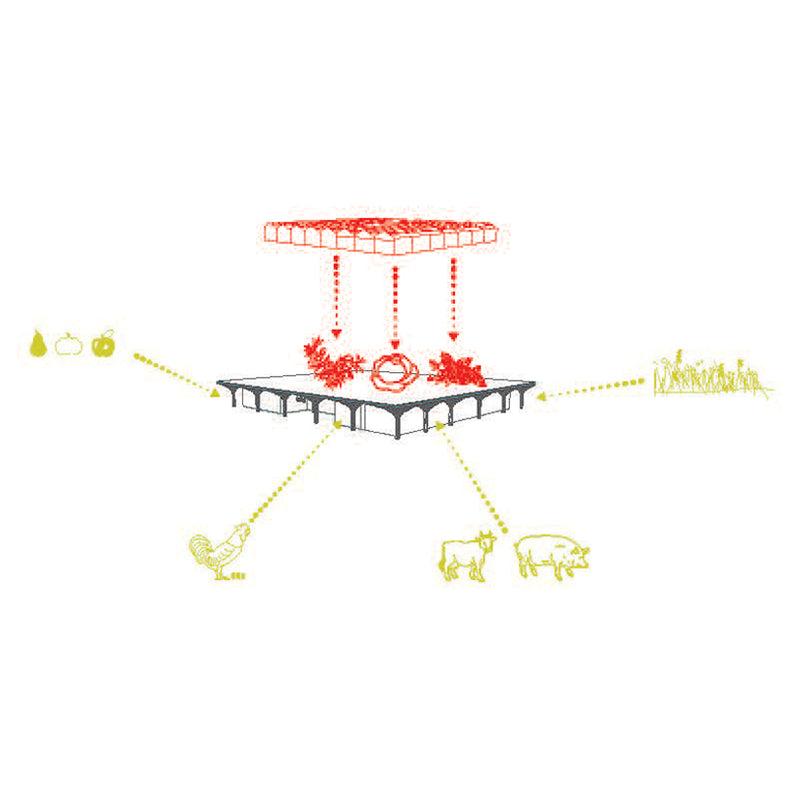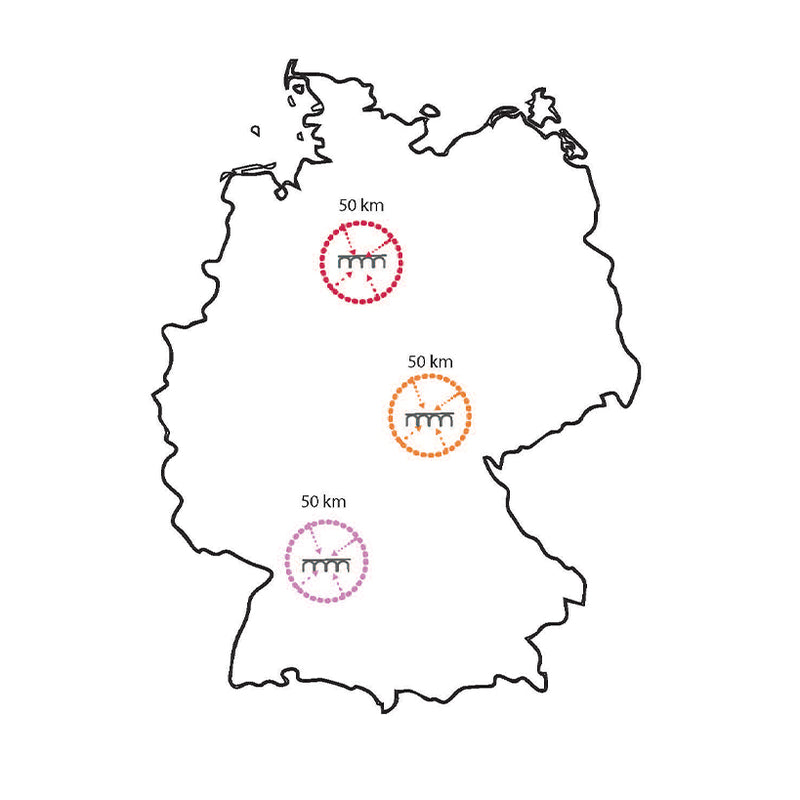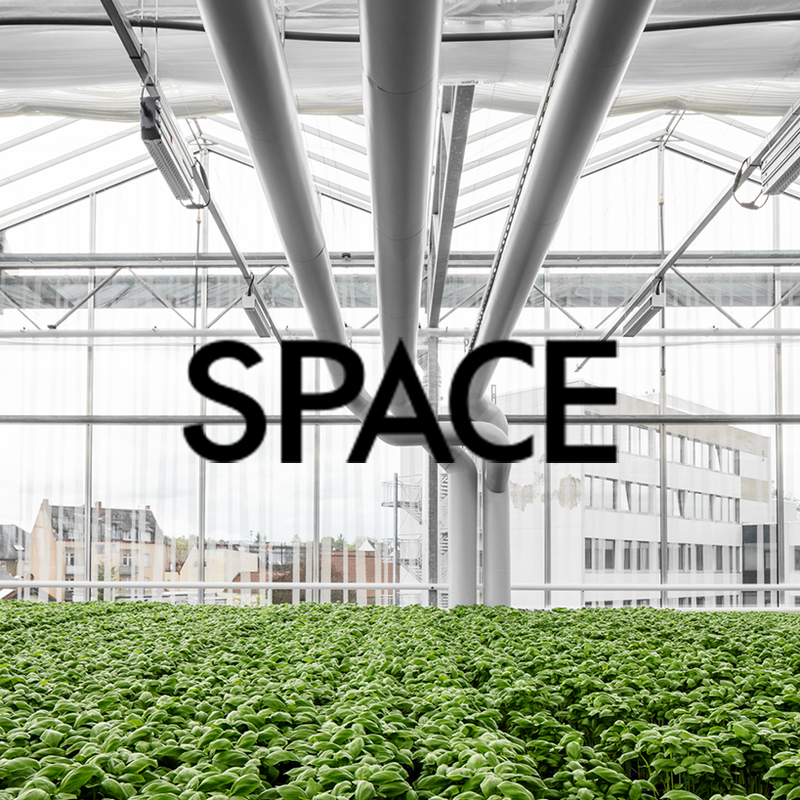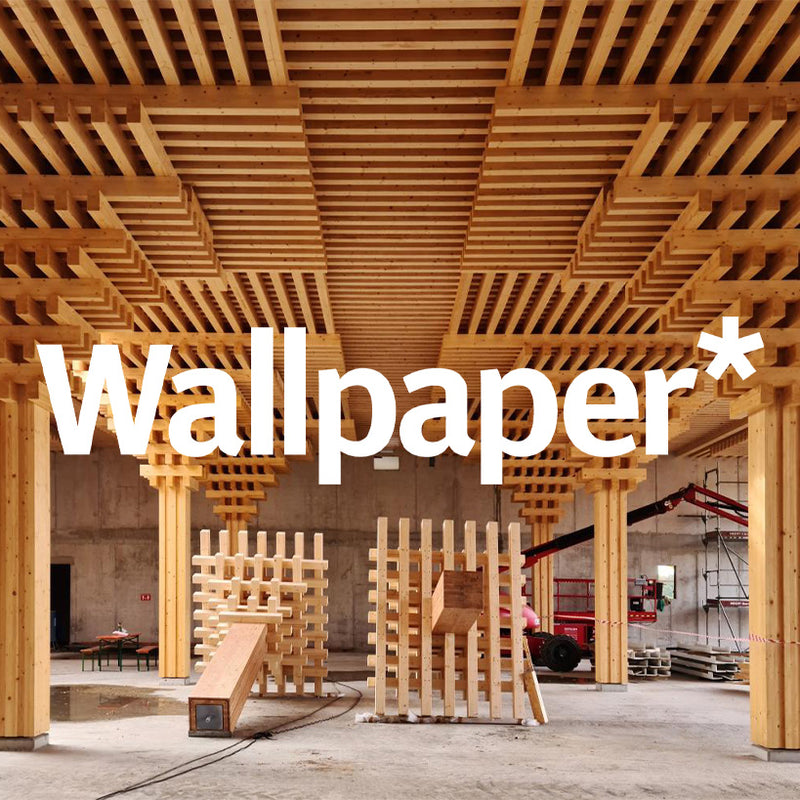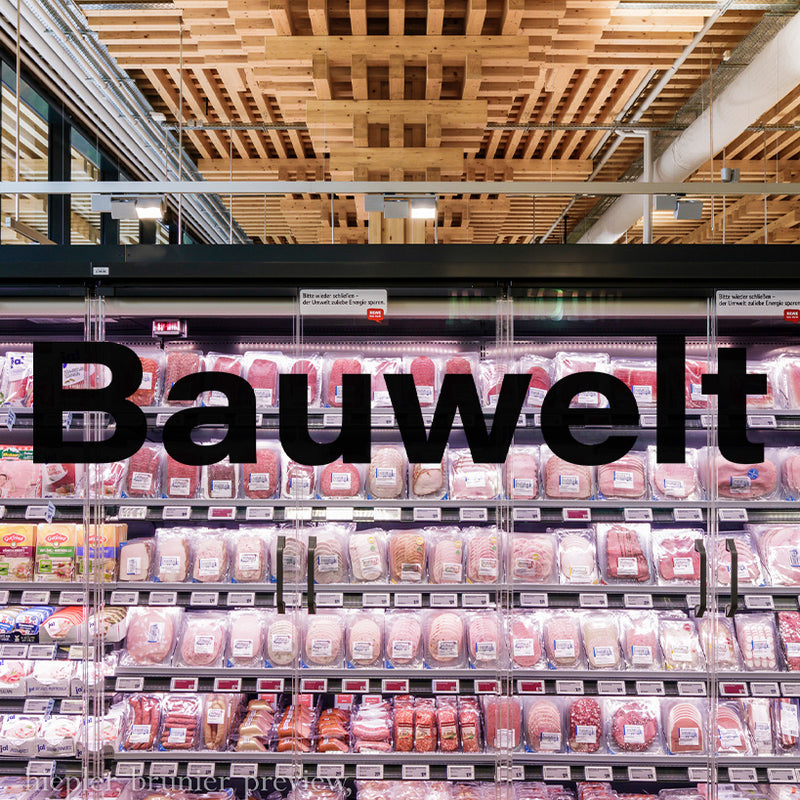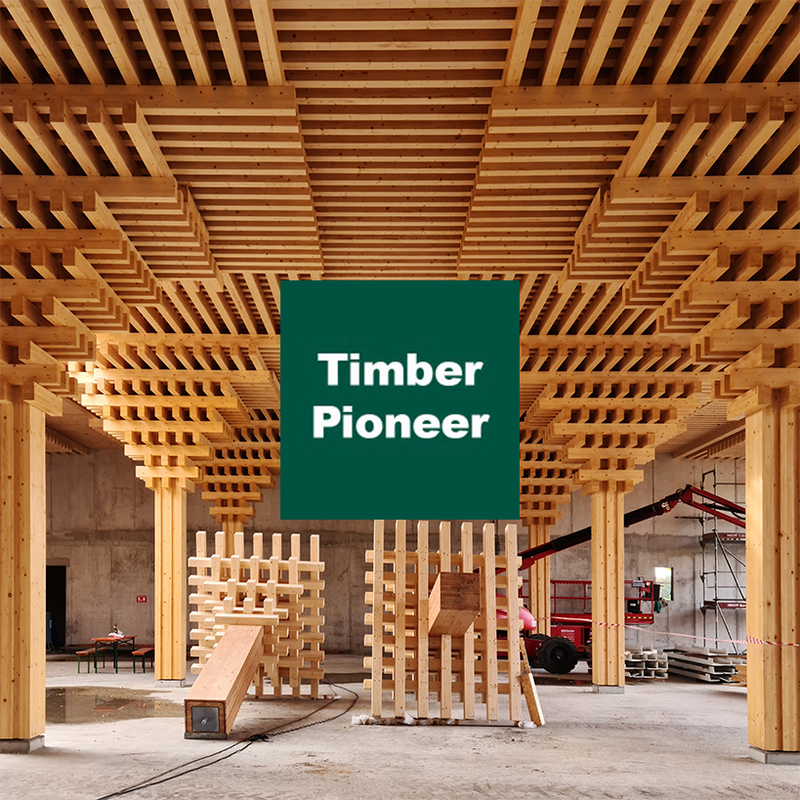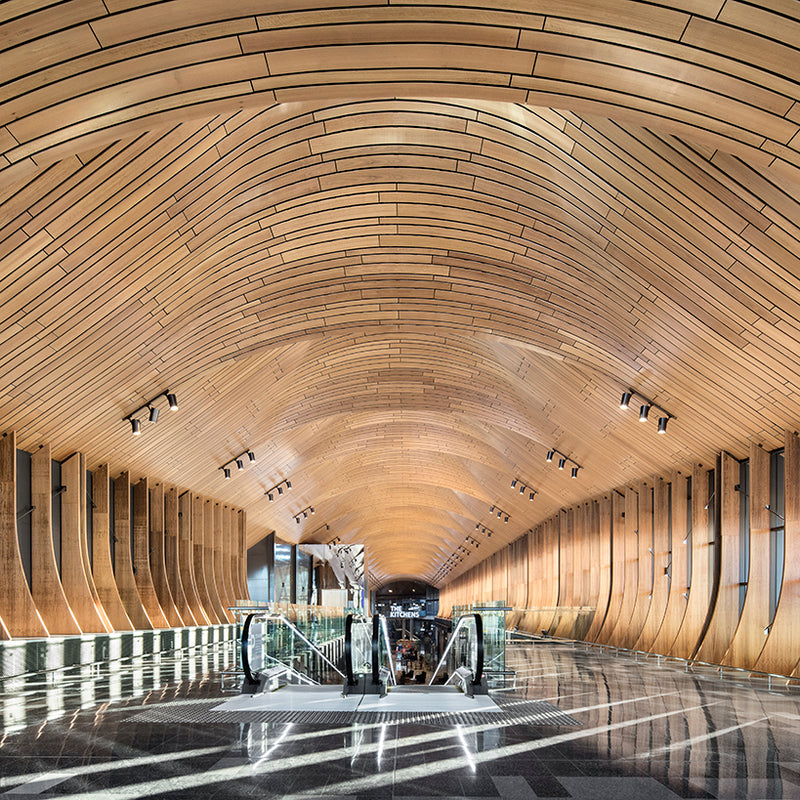REWE Green Farming, Wiesbaden
.jpg?v=0)
REWE Green Farming in Wiesbaden is a great timber market hall, where locally farmed and prepared produce is openly showcased by the architecture. An aquaponic farm is housed within the building and a modular greenhouse above. Transparency of the food making process is celebrated.
Project Details +
Project Details
LOCATION: Wiesbaden-Erbenheim, Germany
CLIENT: REWE
DATE: 2016-2021
STATUS: Completed
SIZE: 13,200m² site; 2,500m² market; 2,000m² aquaponic farm; 850m² drug store, 169 parking spaces
Credits +
Credits
ACME
Concept Design:
Monica Capitanio, Alia Centofanti, Anna Czigler, Claudia Faust, Jon Iriondo Goena, Tim Laubinger, Friedrich Ludewig, Rangel Karaivanov, Dirk Mueller, Pia Schreckenbach, Heidrun Schuhmann, Sheena Seeley, Jack Taylor
Detail Design:
Claudia Faust, Tim Laubinger, Friedrich Ludewig, Dirk Mueller, Sheena Seeley, Matei Vlăsceanu
Construction:
Tim Laubinger, Friedrich Ludewig, Dirk Mueller, Sheena Seeley
CONSULTANTS
Knippershelbig - Structural Engineering
ECF Farmsystems - Urban Farming
GTL | Michael Triebswetter Landschaftsarchitekt – Landscape Architecture
Krebs & Kiefer - Fire Consultant
ZWP - MEP (LP 2-7)
House of Engineers - MEP (LP 8-9)
e2 energieberatung - Energy Consultant
CONTRACTORS
Holzbau Amann - Timber Construction
Rabensteiner - Greenhouses
Huhle - Speciality Metalwork, Glass Facades
Oktalite - Lighting
